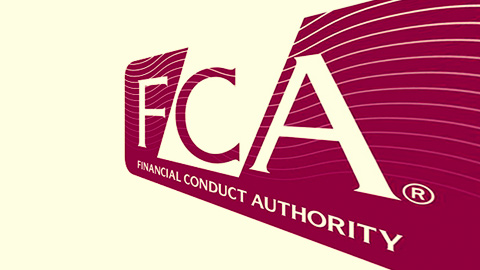Unlocking Compliance Technology: The Essential Role of Traceability and Trust
In today’s rapidly evolving regulatory environment, compliance has become more than just a simple box-ticking exercise for financial firms. The need for enhanced traceability and trust in compliance operations is paramount as organizations strive to meet stringent regulatory requirements.
The Importance of Traceability in Compliance Technology
According to Holly Sais Philippi, CEO of Alessa, traceability is essential for operational efficiency and regulatory adherence. She emphasizes that:
- Traceability provides a clear and auditable record of every action within the compliance process.
- It enables stakeholders to retrace steps, identify risks, and demonstrate compliance with internal policies and regulations.
The Role of Trust in Compliance Systems
Philippi also highlights that trust in technology is critical for safeguarding sensitive data and ensuring accurate results. Without these two foundational elements, compliance decision-making can feel precarious.
Consequences of Insufficient Traceability
What happens when firms lack traceability in their compliance operations? Philippi warns that:
- Without traceability, transparency diminishes, leading to regulatory fines and audits.
- Operational chaos ensues when errors cannot be traced back to their root cause.
She cites a case from 2020 when a major bank faced significant penalties due to its inability to trace high-risk transactions properly, resulting in millions in fines and severe reputational damage.
Best Practices for Ensuring Compliance
To navigate these challenges successfully, Philippi advises businesses to:
- Choose technology that prioritizes traceability and trust from the outset.
- Implement robust audit trails and data lineage capabilities.
- Conduct regular audits and performance tests to ensure the reliability of compliance technology.
Regulatory Landscape and Emerging Challenges
As regulations evolve, compliance technology must also adapt. Legal and governance experts, such as Michael Thirer, emphasize the importance of frameworks like eIDAS and the EBA’s Outsourcing Guidelines. These regulations focus on ensuring trustworthiness and transparency in compliance processes.
The Growing Role of RegTech
Companies like RelyComply advocate for greater transparency in data usage and compliance processes. They highlight that:
- Complex supply chains increase the risk of funds or goods being misallocated.
- Reliable proof of compliance is crucial to separating legitimate actors from potential threats.
Integrating Compliance Technology with Broader Risk Management
Experts stress the need for compliance technology to work in concert with broader risk management systems to create a cohesive framework. This integration enables organizations to maintain high standards of traceability and trust.
Conclusion: Building a Culture of Compliance
In conclusion, investing in compliance technology that emphasizes traceability and trust is not just a strategic choice; it is a cultural imperative. As Philippi notes, “Building a foundation of transparency and accountability is essential for long-term success in today’s complex regulatory landscape.”
For more insights on regulatory compliance and technology solutions, visit Alessa and explore their resources.







